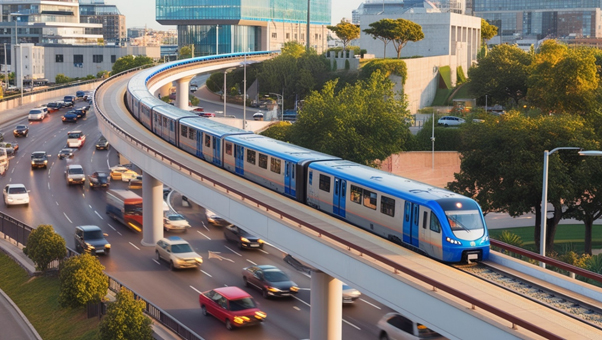Hyderabad: U-Girders Will Be Used in Metro Phase-2 to Speed up Completion
U-girders will be used by the state government to speed up and lower the cost of the Hyderabad Metro Rail project’s second phase. These U-girders are U-shaped, pre-tensioned, and precast, which will help speed up construction. In contrast, the box girders used in the first phase took longer to build and required more foundations and piers. Furthermore, the upcoming phase will feature smaller, mainly single-level metro stations, unlike the multi-level stations from Phase 1, according to official sources. These plans were discussed in a meeting led by Chief Minister A Revanth Reddy, attended by officials from Hyderabad Metro Rail and the municipal administration and urban development (MAUD) department. The state Cabinet recently embraced the government’s goal of completing the second phase, which would span 116.4 km, in four years. Part A of the project, which is expected to cost Rs 24,269 crore, consists of five 76.4-kilometer routes. Part B, on the other hand, contains a 40-km corridor, the final alignment and cost details of which are still pending. A public-private partnership (PPP) was used to build the first phase of the Hyderabad Metro, which had two- to three-story stations with commercial space leased by L&T to recover its investment. In contrast, the second phase will be a joint venture between the Central and state governments, with PPP involvement limited to just four percent of the project cost. This shift allows for simpler, smaller stations that prioritize transportation over commercial leasing. To address a significant issue from the first phase, the government intends to allocate one acre of land for parking near each new station, a crucial addition that was missing earlier. The second phase will also feature eco-friendly green coaches, which can safely travel at speeds of 95 km/h and operate at 85 km/h. Plans are in place to install platform screen doors (PSDs) in Metro stations to prevent accidental falls or jumps onto the tracks, with implementations underway in Chennai, Bengaluru, and Delhi Metro projects. These PSDs are primarily designed for crowd management, helping passengers queue properly at designated Metro door areas and improving overall safety.

